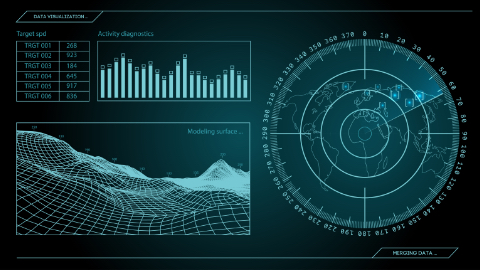
Under the Submarine-Launched Unmanned Aerial System (SLUAS), the U.S. Navy is equipping submarines with camera-equipped drones that can be launched to detect targets too far away to be seen through a submarine periscope. Called “flying periscopes,” the drones have been tested against land sites as well as surface ships, and the system reached initial operational capability in September of this year.
“Consider a submarine-deployed unmanned aircraft as a flying periscope able to dramatically extend our submarines’ organic sensor range, provide target-quality sensor data back to the submarine, or to a joint force capability, and enable Harpoon and Maritime Strike Tomahawk missile engagements,” Rear Adm. Blake Converse, commander of Pacific Fleet submarine forces, said.
A Navy RFI for SLUAS – issued in October 2020 – called for potential manufacturers of a 3-inch-diameter, folding-wing drone, to be encased in a self-contained canister. The SLUAS would be launched from a 3-inch Signal System Ejector (SSE) – a sort of torpedo tube that submarines use for launching signal flares, decoys, and other devices.
A test of SLUAS was performed by the Los Angeles-class attack sub USS Annapolis against the USS Charleston, a Littoral Combat Ship. The Annapolis was able to launch SLUAS drones “from periscope depth, control them out to tactically significant ranges – well beyond the line of sight,” Rear Adm. Dave Goggins, the Navy’s program executive officer for Submarines, said. “By doing so she was able to target and conduct a rapid simulated torpedo attack against a participating surface ship, in case the USS Charleston, pretty much at near-maximum effective range of that torpedo, by flying that UAV to obtain a fire-point solution after gaining that initial sonar gain.”
